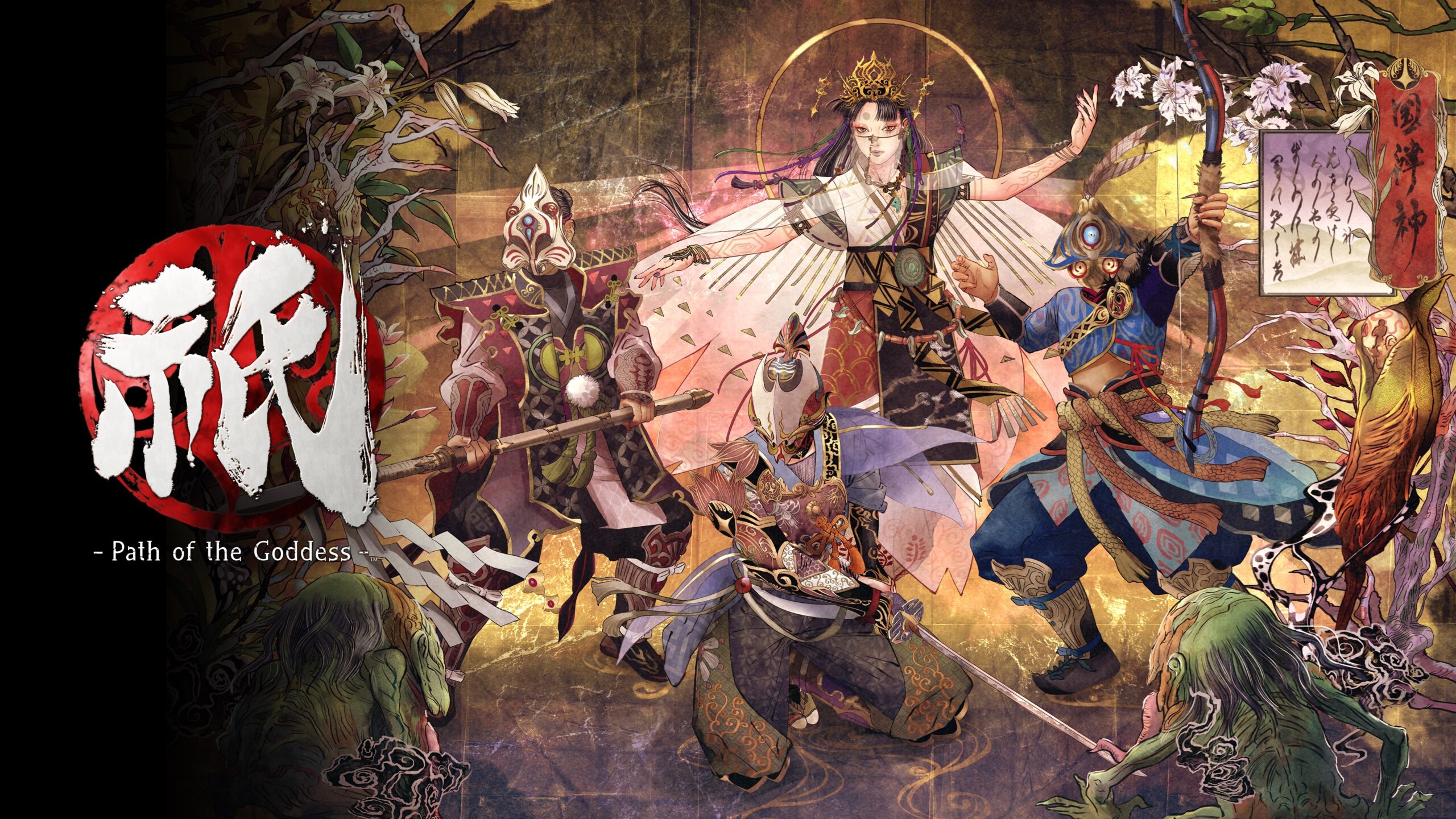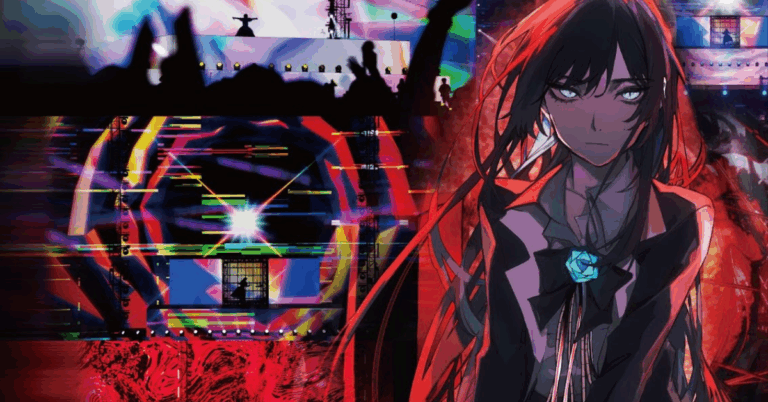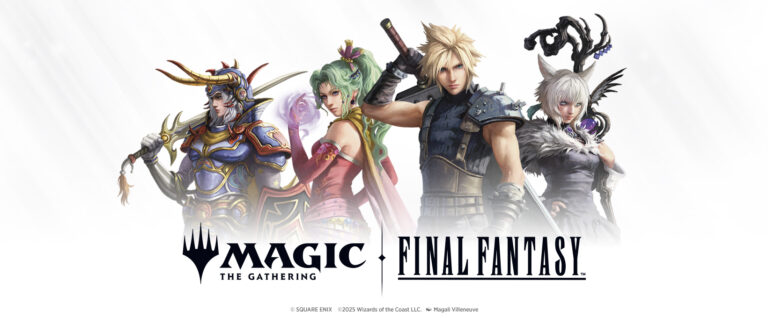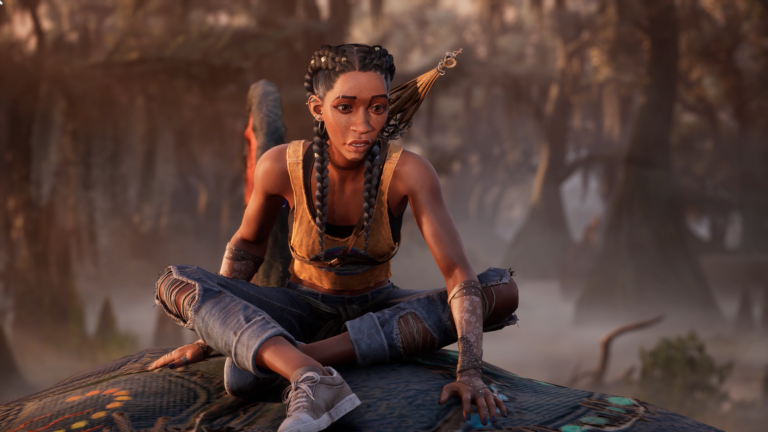At first glance, it’s hard to tell exactly just what kind of game Kunitsu-Gami: Path of the Goddess is. When it was first revealed, many thought it was a Soulslike hack-and-slash game or something akin to Devil May Cry. In reality, Capcom’s newest IP is an atypical, highly stylized experimental tower defense game with an action-RPG twist. This is a unique take on the tower defense style formula. The game sees protagonist Soh guiding the Maiden Yoshiro as she Kagura dances her way through the dark caverns and raging rivers of Mt. Kafuku. Their goal: cleanse the mountain of defilement, slay any Seethe in their path, and restore the mountain to it’s former peaceful state. But can Soh carve this game’s path to greatness?
The story of Kunitsu-Gami: Path of the Goddess is relatively nonexistent, as I’ve explained the entire plot above. Between levels and boss fights are cutscenes that give exposition. As you progress through the mountain, Yoshiro becomes more and more corrupted, giving players at least some sense of urgency. You cleanse villages, fight bosses, and strategize your villager’s roles until you reach the final boss and free Mt. Kafuku. My first playthrough was roughly fifteen hours, and New Game Plus+ significantly shorter.
Carving the Path
The gameplay loop in Kunitsu-Gami: Path of the Goddess is fairly straightforward. There’s a combat phase then a sort of preparation phase. The combat phase is split into a timed day and night cycle. During the day, Soh explores the environment purifying villagers to add to his fighting force, repairing traps via the carpenter, cleaning up defilement for Crystals, and carving the titular path of the goddess using said Crystals.
At night is when the fighting begins. Once night falls, the corrupted Torii gates open, allowing Seethe to pour through and try to attack Yoshiro. This is where the tower defense elements come into play. At night, Yoshiro doesn’t move, so it’s up to Soh and the villagers to keep her safe. You do this by either fighting them yourself as Soh or relying on your villagers to attack and defend.
The preparation phase is crucial to making the most of the combat phase. Upon finishing a level, it becomes a camp for Soh and Yoshiro to rest. Here you can upgrade abilities using the precious resource Musubi, save your game, and customize Soh’s loadout. The most important aspect, however, is rebuilding the camps. The villagers you rescue have purpose outside of the combat phase: you can assign them areas in each camp to rebuild that are completed after finishing either one or two missions, rewarding you with more Musubi and other collectible goodies. Most tasks that can be done outside of combat help to improve your fighting abilities, so make sure you do as many as you can to gain the upper hand.
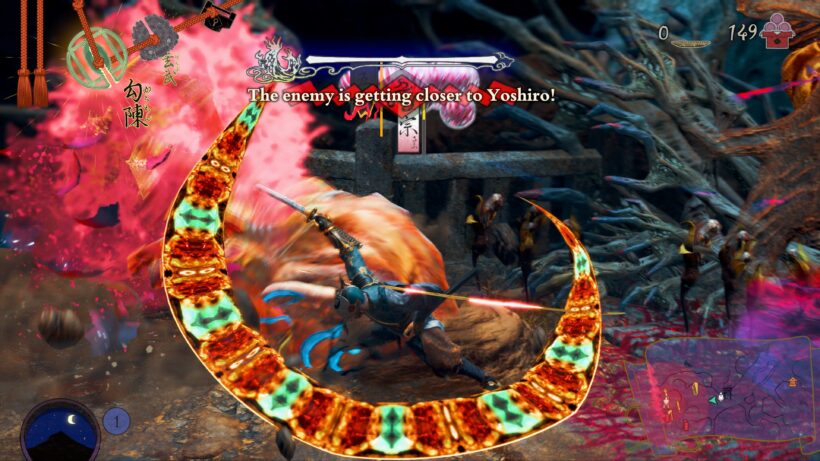
Customize Soh and the Villagers How You See Fit
This two-cycle gameplay loop is similar to games like ActRaiser and Pikmin, and controlling Soh in combat flows smoothly enough. The controls come with a small learning curve: mapping dodge to L3 is definitely in an interesting and frustrating decision. Assigning your villagers one of the eleven roles and upgrading them is fun, and there is no one correct build – just use what you like. Personally, I invested a lot of my Crystals into upgrading Archers, who are ranged attackers, Ascetics, who can freeze Seethe in their tracks, and Shamans, this game’s version of a healer. Musubi is fully refundable, so spend some time getting to know each role and find what works for you. Navigating the menus isn’t too much of a slog, but I’d have preferred there to be some sort of quick-swap loadout mechanic for efficiency’s sake.
Worth mentioning is the camera speed, which moves at a snail’s pace, making it hard to look around during chaotic Seethe encounters. I highly recommend pumping up the camera speed to max when you boot up the game. The ability to lock-on for melee combat would have been a welcome addition, as there are larger and faster enemies that some attacks miss even when you’re directly in front of them.
Prepare to Die and Try Again
Thankfully, the penalty for dying is forgiving. If you die, Soh enters what’s called the Spirit State; you turn into a flying ectoplasm, rendering you unable to further engage in combat until the cooldown is up. Once ready, you take control of Soh once again and are back to it. You aren’t completely useless in the Spirit State, as you can still command your villagers and give them rations for healing, but it means you’re relying solely on them to defend Yoshiro. Depending on your villagers’ roles, this can be risky.
Mission types vary in objective, from the basic path carving and tower defense, to boss battles, and even levels where Soh is only playable in the Spirit State, feeding Yoshiro Crystals to free her from the grip of a terrifying Seethe.
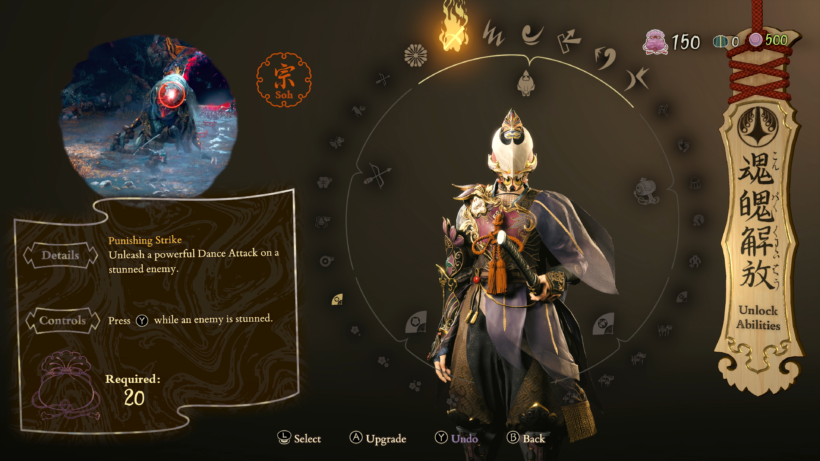
Sights and Sounds
The game’s performance is unimpressive at times, with pop-ins and screen tearing occurring frequently after coming out of a loading screen. Other than that, the environments are beautiful and the Seethe designs are brilliantly grotesque. Taking inspiration from traditional Japanese Yōkai, the Seethe sport a wide variety of different looks, with the bosses taking the cake for the most impressive designs. The Japanese-influenced art style and aesthetic are one of the game’s biggest strengths: the environments are even hand-crafted as miniatures before being rendered digitally! More on that here.
The music is another well done aspect in this game, as the camp music is one of the most relaxing tracks I’ve heard from a game in awhile. The encounter and boss battle score feel right at home, utilizing traditional Japanese instruments and motifs. The sound design in combat helps you know when Yoshiro is being targeted. The built-in DualSense speaker helped immensely with immersion and style.
Verdict
Kunitsu-Gami: Path of the Goddess is definitely more than the sum of its parts, as understanding each mechanic and nuance is crucial to getting the full experience. With some quality of life improvements and added content down the line, Capcom’s newest (and most unusual) IP might have legs to stand among their other legendary franchises. Some performance issues, lack of aesthetic customization, and repetitive mission structure hold it back, but this unique spin on the tower defense genre is worth checking out. Capcom has been on a roll the last few years, and experimental atypical titles such as this are always welcome.
Reviewed on PS5. Review code provided by Capcom.
Check out Temple of Geek’s other video game reviews!

